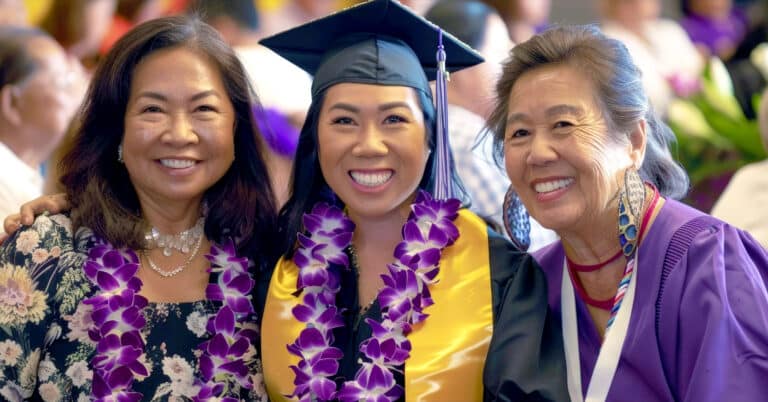As schools assume the lofty and cumbersome task of transformation toward innovation, the role of the leader in its actualization, scale and sustainability is of utmost importance. To shift organizations truly and deeply, I embrace a distributed leadership approach.

Distributed leadership, where decision-making happens via a group versus a single person, inherently values and trusts the agency and autonomy of both formal and informal leaders to drive and advance an organization individually and collectively.
When I was the director of competency-based learning at Crosstown High School in Memphis, Tennessee, we made the decision to forgo the traditional principal role and opted for distributed leadership, a more holistic approach. We’d been in a state of stagnation, focused on administrative tasks instead of thinking about instruction, organizational leadership and effectiveness. Our shared leadership approach enabled staff to distribute the learning, innovating, action and accountability across a group of capable individuals – including students.
When coaching leaders in shifting their mindsets, there are five things I encourage them to consider:
- Develop deep, meaningful relationships. Deion Sanders, head football coach of the University of Colorado, is respected because he can develop deep, authentic and trusting relationships with each of his players that make them believe even when they are not their best selves. That is at the heart of it all: one’s ability to create a culture of commitment and unwavering belief not only in oneself, but in the mission and vision of the organization.
- Cultivate a shared vision and culture. At KnowledgeWorks, we begin with a shared vision because without it, lasting change is unachievable. And everyone, from teachers, learners, bus drivers and administrative assistants must see themselves as a part of the vision and understand their unique role in actualizing it.
- Accept that failure is a part of the process. Coaching leaders to understand and recognize the differences and nuances of first versus second order change is vital alongside the development and fostering of a culture of transparency. Are you engaging in work that is fundamentally different from how you’ve done things before? Are you doing it in a way that prevents you from returning to the way you used to do things when it gets tough? That’s second-order change.
- Engage in evaluation and data-driven continuous improvement. From policies and practices to the master schedule and bulletin boards, leaders have to be ready to reflect, learn and adapt. At Crosstown, we attempted to anticipate our failures and successes with or without the use of data-points to ensure we designed the best possible policy or procedure for our learning community.
- Be a flexible, lifelong learner. As a leader, it’s important to recognize that you are a mentor, a coach and a friend, and the ability to switch between these roles from moment to moment will serve you well. The role of a leader is evolutionary. One’s ability to respond discursively to a myriad of situational needs is fundamental. A commitment to lifelong learning and a desire to remain at the forefront of theory and practice equips leaders to be what’s needed in the moment, and to learn from other leaders.
To lead a learning community through change, it’s crucial for leaders to share their vision and mission. They should connect the organization’s goals with its values and beliefs. Leaders also need to create new structures and processes to support the vision. It’s important to make everything clear and accessible to everyone, sharing the core elements in various public spaces like light poles, hallways, classrooms and shared areas. Leaders must find effective and enjoyable ways to make the changes tangible so that everyone feels a part of it and commits to it.





